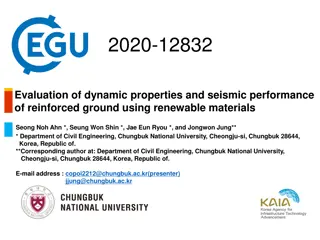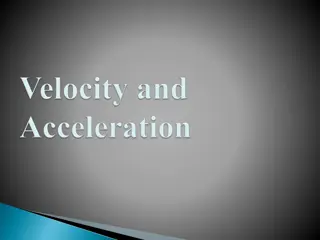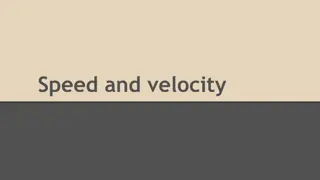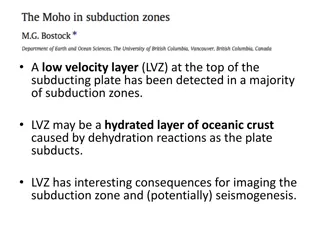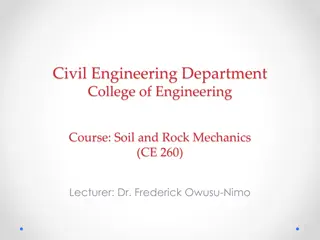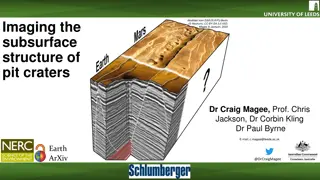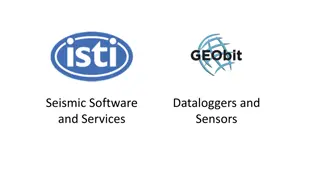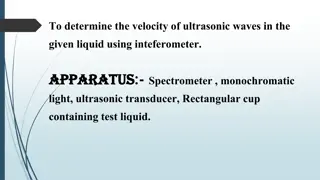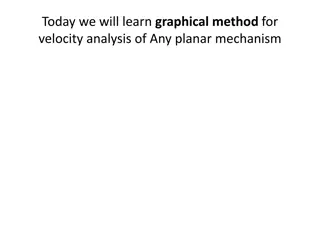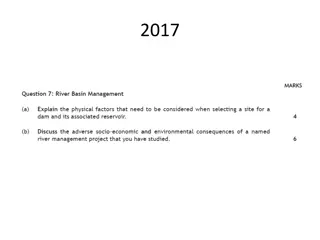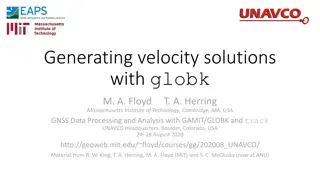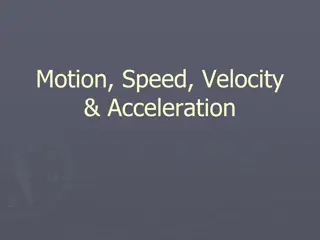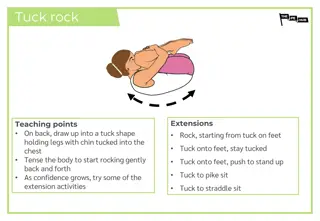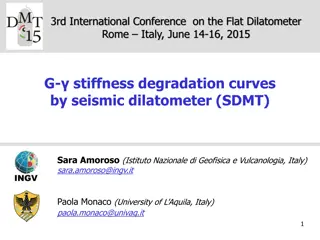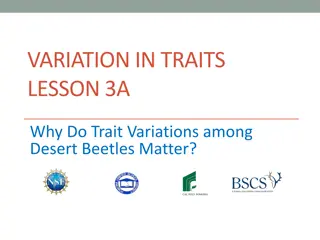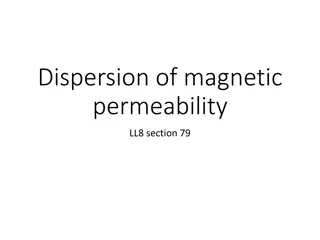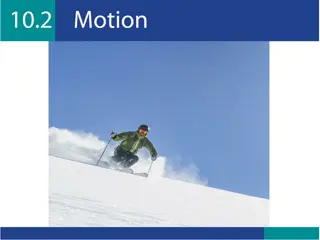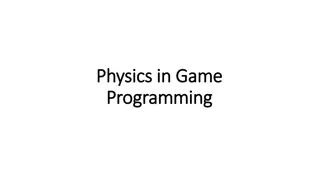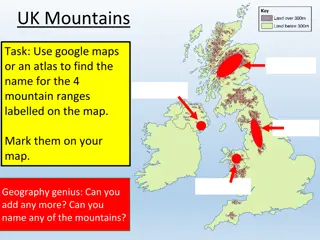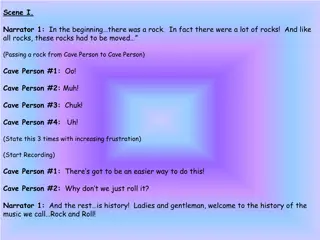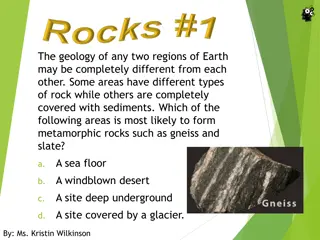Evaluation of Rock Permeability Variations Using Seismic Velocity Changes
Assessment of fractured rock permeability variations through seismic velocity changes using a coupled simulation of flow, mechanics, and fracture. The study discusses motivation, problem statement, challenges, existing approaches, advantages of the proposed approach, state-of-the-art, mathematical aspects, limitations, applications, novelties, timeline, tools, workflow, results, future work, and references in the context of hydraulic fracturing, waste water disposal, and enhanced geothermal systems. The focus is on numerical modeling of fracture stimulation and the ECM method's advantages in capturing complex geometries and micro-crack physics effectively.
Download Presentation

Please find below an Image/Link to download the presentation.
The content on the website is provided AS IS for your information and personal use only. It may not be sold, licensed, or shared on other websites without obtaining consent from the author. Download presentation by click this link. If you encounter any issues during the download, it is possible that the publisher has removed the file from their server.
E N D
Presentation Transcript
Fractured Rock Permeability variations evaluation from seismic velocity changes using coupled simulation of flow, mechanics and fracture Mahshad Samnejad Sept 14th - 2016
Outline Coupled Flow, Mechanics, and fracture 1. Motivation 2. Problem Statement 3. Challenges 4. Existing Approaches 5. Our Approach Advantages 6. State-of-the-art 7. Our Approach Mathematics 8. Problem Formulation for Simulation 9. Limitations 10.Previous Applications 11.Novelties 12.Tentative Timeline 13.Tools 14.Workflow and Results 15.Future Work 16.References Highlights 1- What is the problem? 2- What are available solutions? 3- What will be added to it? 4- How can we verify results?
Motivation Hydraulic Fracturing, Waste Water Disposal, Enhanced Geothermal Systems motherearthnews.com thnktnk.net Image credit: Steven Than
Problem statement Numerical Modeling of Fracture Stimulation
Challenges Numerical Modeling of Fracture Stimulation Multiple Physical Processes Different Platforms need to be related Diverse Scales Complex Spatial Geometry No Direct Measurement Computational Feasibility Limitations
Existing Approaches Methods for Numerical Modeling of Fracture Stimulation SPF Single Planar Fracture Discrete Fracture Network DFN Cohesive Zone Element CZE ECM Effective Continuum Model
ECM Advantages Effective Continuum Mechanics (ECM) vs. Other Methods Can incorporate complex geometries and anisotropy Costs less computationally than DFN Fits into available coupled flow, mechanics, and thermal simulators Can capture multiple micro-crack physics in a macroscopic framework (nucleation, growth, and rock failure) Has a robust way of removing or adding mechanisms No need to specify the locations of potential new fractures in advance
State-of-the-art Summary of Previous Work Fracture Mechanics Constitutional Laws Relationship to Flow Behavior (cubic law only) Coupled Simulation Implementation Authors Griffith (1920) Gangi (1978) Tang (2002) Wang (2002) Voyiadjis (2005) Tang (2002) Zhou (2014)
Our Approach Technical Overview & Details ? = ?(?,?) Constitutional law ? = ?(?,?) e.g. Relaxation (constant strain) ? = 0
Problem Formulation (1/4) Problem Formulation for Simulation Pressure & Stresses Coupled flow, mechanics, & fracture Flow & Mechanical Properties Alteration Rock fracture
Problem Formulation (2/4) Problem Formulation for Simulation Petroleum Reservoirs Governing equations ?.? + ?? = ? mechanical (1 ? ??+? ?)?? ??+ ???? ? ? ?? + ??? ??+ ?. ??= ? flow ? =? + ??? Effective stress ? =?? Constitutional law Fracture Model ? = ?(?,?)
Problem Formulation (3/4) Problem Formulation for Simulation Geothermal Settings Governing equations mechanical flow thermal
Problem Formulation (4/4) Problem Formulation for Simulation Observational Tools Hamiel et al.,2009
Limitations Subsurface Processes Simulation
Previous Applications Subsurface Processes Simulation 1.Hydraulic Fracturing Design Optimization 2.Field Permeability Enhancement Modeling
Literature Survey 1- Hydraulic Fracturing Design Optimization Workflow & Results
Literature Survey 2- Field Permeability Enhancement Modeling
Novelties (1/3) Phenomenon Studied Geothermal Setting Petroleum Reservoir Stimulation Shale Granite Jiyoti Minerals Gale et al., 2014 motherearthnews.com thnktnk.net
Novelties (2/3) Means of Calibration & Validation Field Observations Lab measurements Geoexpro.com unitedscanning.com
Novelties (3/3) Implementation physical modeling of permeability vs. empirical correlations directionality in fracture toughness as opposed to scalar values multiple critical fracture lengths for different fracture sets
Tentative Timeline Subsurface Processes Simulation 2D Finite Element Platform Preparation Incorporate Effective Continuum Mechanics Add Multiple Fracture Mechanisms Study Different Scenarios Provide Monitoring Tools Jan 15th Apr 15th Oct 1st Nov 1st Mar 1st
Tools To be used and developed Abaqus Mechanics only In-house tools Matlab Coupled Pylith and GPRS Visage Coupled flow and mechanics Commercial (cannot modify source code) Can extend Cozeny-Karman by defining S changes. Extend for anisotropic k changes, instead of multipliers COMSOL Multiphysics Coupled flow and mechanics License needed ($????) RockDoc Rock Physics - Seismic Velocities Modeling GEOS Coupled flow and mechanics Runs on HPC
Workflow and Results Detailed Research Plan MATLAB Simulation - Extend the 1D simulator developed in the PTE599 to 2D - - - At each time step, - Solve flow eqn (stress formulation), get pressure field - Solve mechanics eqn using the latest pressure, get displacement field - Update permeability, the volumetric stress term in the flow eqn - Repeat till convergence - Add effective continuum mechanics - Calculate fracture as a function of stress, strain - Update permeability and stiffness as functions of fracture - Calculate seismic velocities
Future Work Subsurface Processes Simulation
Thank you Questions / Comments?
Feedback How to proceed? 1- Focus on post-failure simulation. 2- Seismic velocities study is an additional step, independent of the forward model preparation. 3-Shales work differently. Limit your work to a conventional type of rock. 4- Timeline is not realistic.
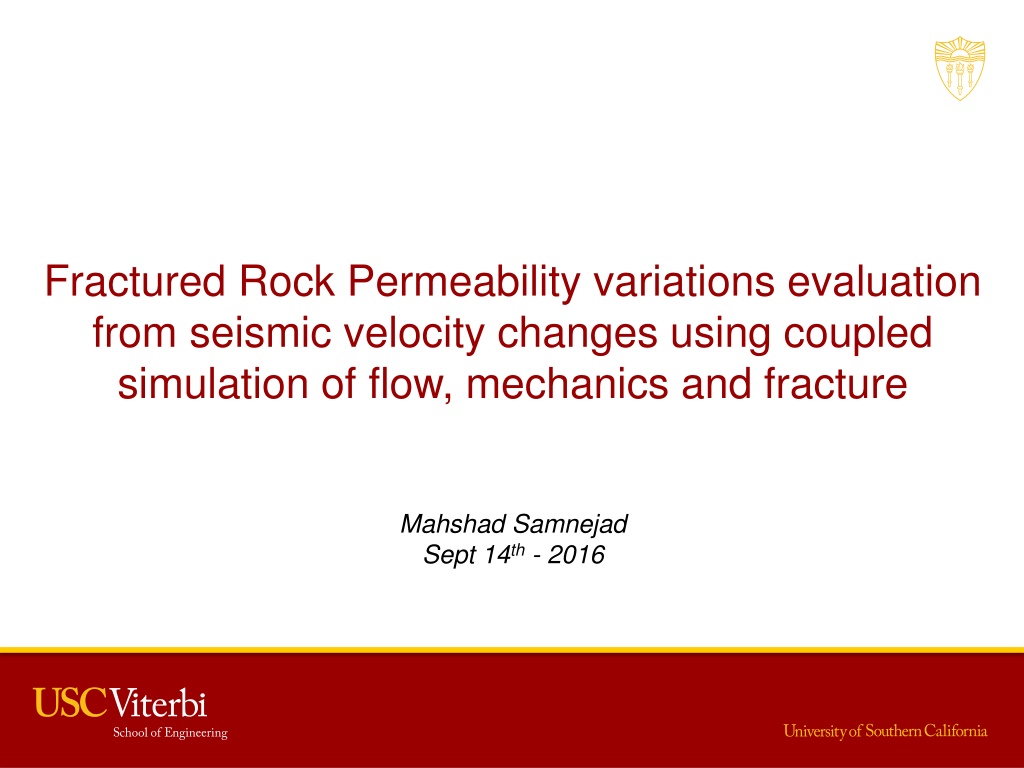

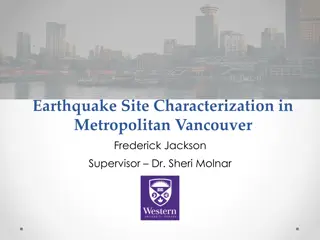

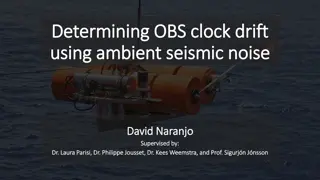
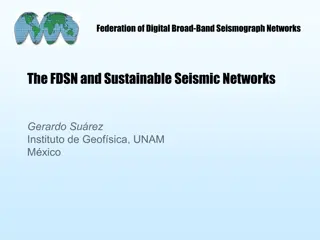
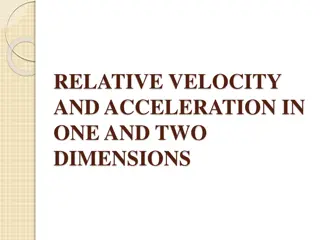
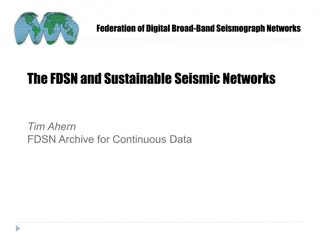
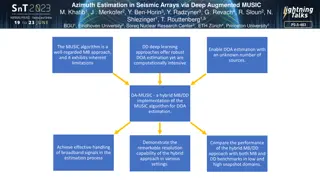
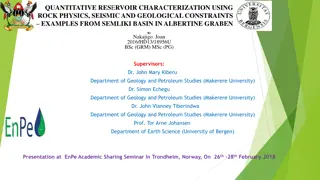
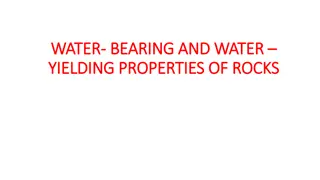

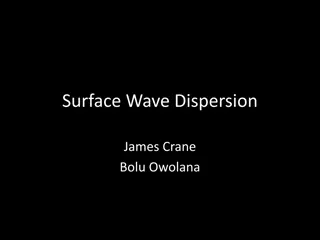
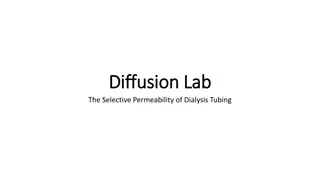

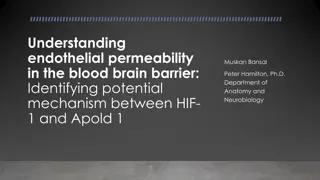
![Importance of Rock v. MWB [2018] UKSC 24 as Explained by Lord Sumption](/thumb/193348/importance-of-rock-v-mwb-2018-uksc-24-as-explained-by-lord-sumption.jpg)
